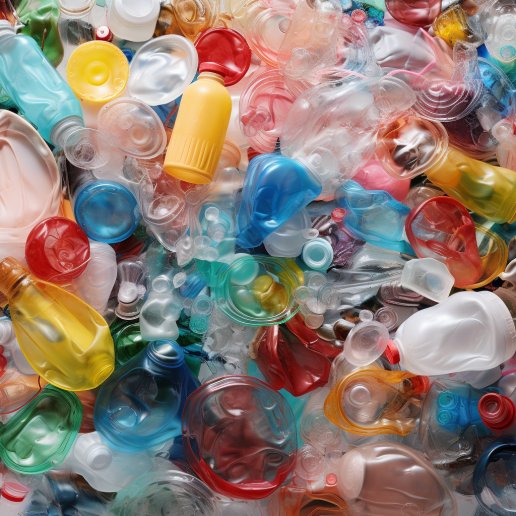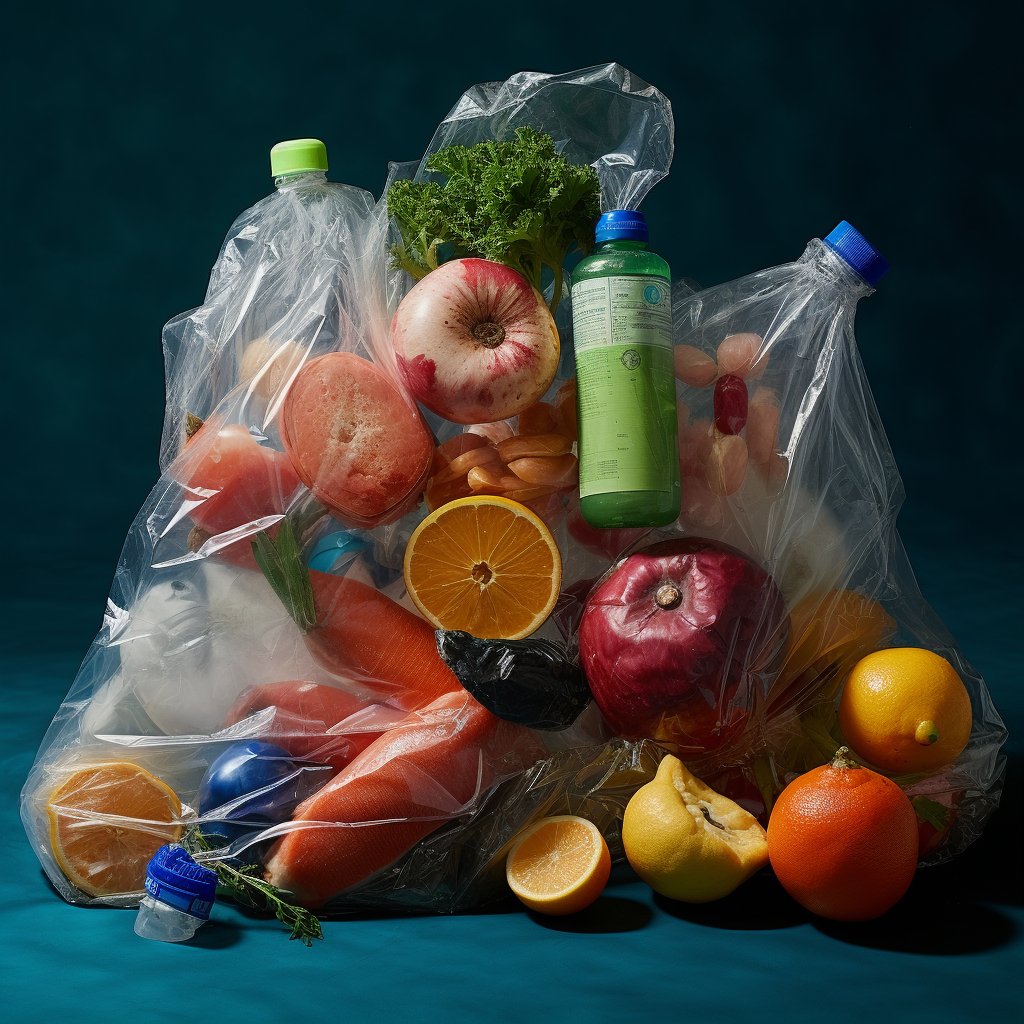Single-use plastics and their environmental impact have been a significant concern for decades. In response, many governments and organisations have introduced new regulations and policies to reduce the use of single-use plastics.
Single-use plastics have been widely used for decades due to their low cost and convenience. However, their negative impact on the environment has become increasingly apparent. The accumulation of plastic waste in landfills and oceans threatens wildlife and ecosystems, while the production and disposal of single-use plastics also contribute to greenhouse gas emissions. To address these issues, new rules and regulations are being implemented globally to reduce the use of single-use plastics and promote sustainable alternatives.

Types of Single-Use Plastics:
Single-use plastics can be broadly categorised into two types, namely disposable and non-disposable. Disposable plastics are designed for single use and are intended to be discarded after use. Examples include plastic bags, straws, cutlery, and food packaging. On the other hand, non-disposable plastics are designed to be used multiple times, but are often discarded after a few uses. Examples include water bottles, coffee cups, and food containers.
New Rules for Reporting Single-Use Plastics:
Recently, many governments and organisations have introduced new rules for reporting single-use plastics. These rules aim to increase transparency and accountability in the plastics industry and help track the use and disposal of single-use plastics. The EU Single-Use Plastics Directive, for example, requires member states to reduce the consumption of certain single-use plastics by 2021 and to collect and report data on the consumption and disposal of these plastics. Similar regulations have been introduced in other parts of the world, including Canada, the US, and Australia.
Industrial Usage and Application Areas:
Single-use plastics are used in various industrial applications, including packaging, agriculture, medical, and construction. In packaging, single-use plastics produce films, bags, and containers. Agriculture uses them for irrigation pipes, mulch films, and seedling trays. They are used for syringes, catheters, and blood bags in medical applications. In construction, they are used for pipes, cables, and insulation.
Consumer Product Examples:
Single-use plastics are also used in a variety of consumer products, including food and beverage packaging, household items, and personal care products. Examples include plastic water bottles, straws, cutlery, and food packaging. Personal care products such as toothbrushes, razors, and shampoo bottles are also often made from single-use plastics.
Material Properties:
Single-use plastics are typically made from polyethene, polypropylene, or polystyrene derived from fossil fuels. These materials have desirable properties such as flexibility, durability, and moisture resistance, making them suitable for a wide range of applications. However, they are also non-biodegradable and can persist in the environment for hundreds of years.
Future Trends in Recycling:
As the impact of single-use plastics on the environment becomes more apparent, there is growing interest in recycling and reusing these materials. Future trends in recycling include new technologies for sorting and processing plastic waste, increased use of recycled plastics in products and packaging, and the development of biodegradable and compostable plastics.
Global Impact:
Single-use plastics significantly impact the environment, with millions of tons of plastic waste ending up in oceans and landfills each year. The improper disposal of single-use plastics can harm wildlife, marine life, and human health. The production and disposal of single-use plastics also contribute to greenhouse gas emissions and the depletion of natural resources.
Future Market Prognosis:
As concerns about the environmental impact of single-use plastics continue to grow, the market is shifting towards more sustainable alternatives. Future market trends include the development of biodegradable and compostable plastics, increased use of recycled plastics in products and packaging, and adopting reusable alternatives to single-use plastics. However, the shift towards sustainable alternatives will take time and requires significant investments in research and development.
The impact of Single-use plastics:
Environmental Impact:
The environmental impact of single-use plastics is significant. They often end up in oceans and landfills, polluting the environment and harming wildlife. The production and disposal of single-use plastics also contribute to greenhouse gas emissions and the depletion of natural resources.
Economic Impact:
The economic impact of single-use plastics is significant. Governments and taxpayers bear the cost of waste management and environmental cleanup. Sustainable alternatives to single-use plastics can help reduce these costs and create new opportunities.
New Recycling Technologies:
To increase the recycling of single-use plastics, new technologies are being developed to improve the quality and efficiency of recycling processes. These technologies include chemical recycling, which breaks down the plastic into its molecular components, making it easier to reuse. Other technologies include mechanical recycling, which involves grinding and melting the plastic to create new products. These new technologies can potentially increase the recycling rates of single-use plastics and create a more circular economy.
Environmental and Global Impact of Single-Use Plastics:
The environmental and global impact of single-use plastics is significant. According to a report by the United Nations, over 300 million tons of plastic waste are produced globally each year, with a majority of this waste coming from single-use plastics. This waste not only contributes to environmental pollution but also has economic consequences. For example, the cost of cleaning up plastic waste can be significant, and the negative impact on tourism and other industries can be significant.
To address these issues, many countries and organisations have implemented regulations and initiatives to reduce the use of single-use plastics. For example, some countries have banned certain single-use plastics, while others have imposed taxes or fees on their use. In addition, consumers are growing aware of the environmental impact of single-use plastics, leading to changes in behaviour and increased demand for sustainable alternatives.
Single-use plastics:
The new rules and regulations surrounding single-use plastics are a critical step towards addressing the environmental impact of plastic waste. The plastics and recycling industries are evolving rapidly to find new and sustainable solutions to this global issue. By understanding the various types of single-use plastics, their material properties, applications, and recycling trends, we can make informed decisions and take action towards reducing plastic waste. As we move towards a more sustainable future, we must work together to find viable alternatives to single-use plastics and adopt practices that prioritise sustainability.
As we have seen, single-use plastics significantly impact the environment and the economy. With new regulations being implemented globally, it is becoming increasingly important for businesses and individuals to adopt sustainable practices and explore alternatives to single-use plastics. We encourage our readers to stay up-to-date on the latest developments in this field and take action towards creating a more sustainable future.
Single-use plastics are a major environmental concern and efforts are being made to reduce their use and improve recycling. The new rules for reporting single-use plastics will help increase transparency and accountability in the plastics industry and facilitate better tracking of the use and disposal of these materials. As technology advances and awareness grows, we hope to see a future where the negative impact of single-use plastics on the environment is greatly reduced.






